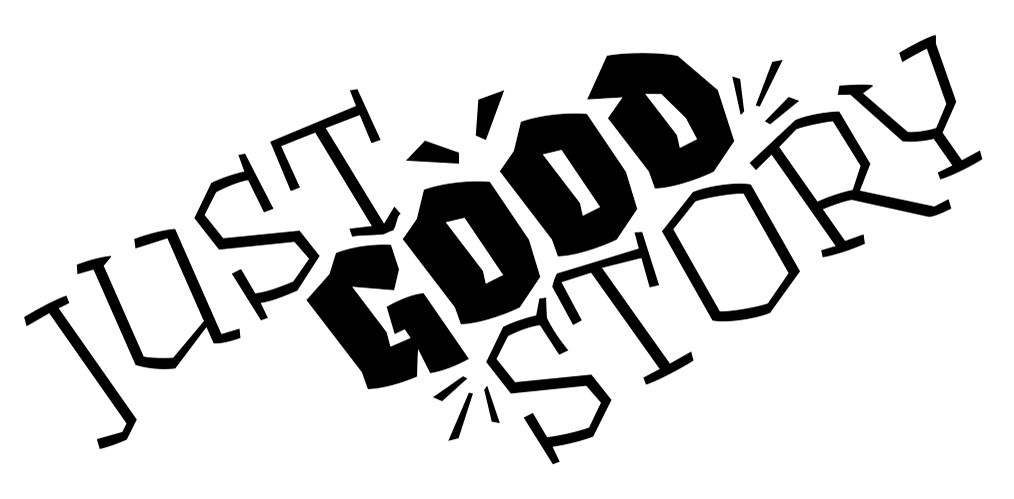1. Thumbnail and initial sketch. Use your thumbnails (I don't have all of mine on here but do a lot of them and quickly) to discover strong shape language and visual legibility. Once you have a direction move to a larger sketch where you continue to problem solve how the design reads. I also use this step to start figuring out how I'm going to shade and/or color the design, which saves you from realizing something isn't working later on once you're doing a full color study.
2. Line drawing, in tattooing this tends to be another discovery step, where you will find what is or isn't working. In this instance I realized I didn't like how straight the dagger was. I wanted to add more flow to balance the banner and highlighting the pie slice by being the only 'ridged' element.
3. Knowing how to work traditionally and with a computer is critical to a well rounded skillset, and makes you appreciate when you can work on a computer. Here I used white out on the backside of tracing paper to block out the old dagger while drawing a new variant on the opposite side.
4. It might seem repetitive but pulling another line drawing after settling on a new dagger design does two things for you. One, it gives you an additional opportunity to problem solve in your design. Two, since you're tattooing this, you're building muscle memory for yourself so by the time you're tattooing you already have the design memorized, it's in your hand and you're more confident in your approach.
5. Color design, even when you have an idea set already things will crop up that you need to adjust for. Such as realizing I needed a fourth hue in the dagger handle because I didn't want too much red in the design distracting from the pie. Enter my no outline color study trick where I'm just using the colors to quickly sketch out the layout to see how they are working side by side. I'm also determining what purple tone pairs with the other colors. I also did these on the scrap photocopies of the original dagger design, to save paper.
6. Once a pallet is locked it's time for a full color study. This is really a safety meeting with yourself as it gives your client an idea of how the tattoo will look in the end. But it also gives you one last opportunity to 'fix' something that might not be working and enables you to tattoo more efficiently because you've eliminated the guess work.
7. You've put in the work now it's time to sit down and enjoy the tattoo process and thank yourself for all the work that prepared you to concentrate on the final execution.

